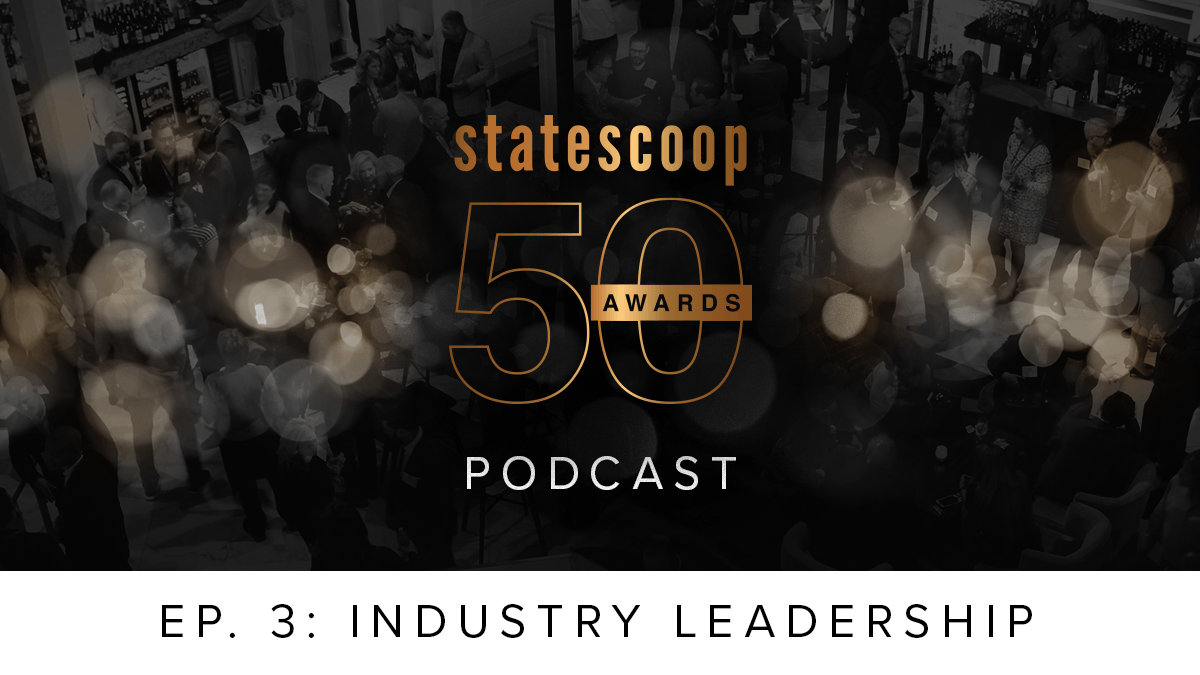
‘I think we’ve been more busy’: How state IT vendors have been working through the pandemic
Government tech projects don’t happen in a void. Like nearly everything else government does, IT services are the result of business relationships between CIOs, procurement officials and the companies that provide the technologies being put to work.
And as state government IT becomes more focused on things like digital services, cybersecurity, cloud migration and data governance — and less on fixing printers and rebooting modems — the CIO’s role continues to grow into that of a broker of services.
That’s never been more apparent since the onset of the COVID-19 pandemic last March. Throughout the health crisis, as they’ve been forced to dramatically scale up the capacity of programs like unemployment insurance and nutrition assistance, convert in-person services into virtual settings and roll out new platforms for things like coronavirus testing, health statistics and vaccines, state technology agencies are leaning on their vendor partners as much as they ever have.
“I think we’ve been more busy. Personally, I’ve been more busy now than I’ve been over the past three years,” Shawn Kingsberry, the vice president and director of government solutions at Unisys, says on a new episode of the StateScoop 50 podcast highlighting winners in the Industry Leader of the Year category. “And believe it or not, it actually brought us closer to our customers and potential customers.”
Kingsberry is hardly alone in that assessment.
“I think this is a tremendous time to be serving state and local government,” says Mike Daniels, the vice president for global public sector at Google Cloud. “And I think being a provider at this point in time and being part of their success in terms of innovating and delivering services has been tremendously exciting and frankly rewarding.”
And in addition to changing what states need from their IT vendors, the pandemic has also refocused the conversations state CIOs have with their vendor partners around equity.
“We weren’t speaking to CIOs about digital equity,” says Sonia Ramsey, regional vice president of public sector sales at Lumen. “Today, that is the first question and topic of discussion with most all state CIOs, how do we build a digital environment that supports all their citizens, not just a subset of citizens?”
On this podcast:
- Mike Daniels, vice president for global public sector, Google Cloud
- Shawn Kingsberry, vice president and director of government solutions, Unisys
- Sonia Ramsey, regional vice president of public sector sales, Lumen
- Shawn Rodriguez, vice president of state, local and education practice, World Wide Technology
- John Thomson, chief executive officer, PayIt
- Benjamin Freed, technology editor, StateScoop


